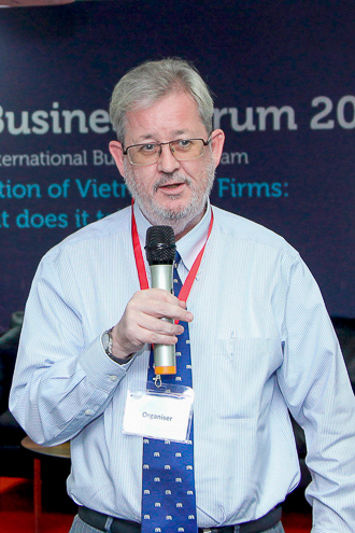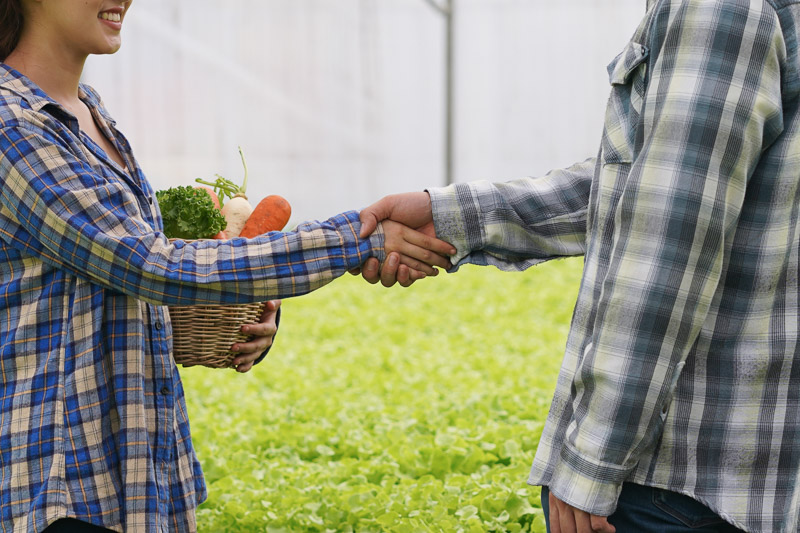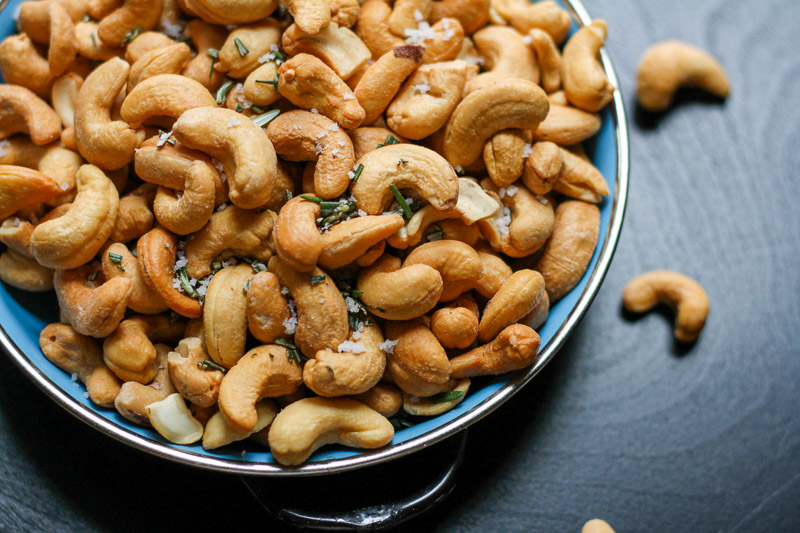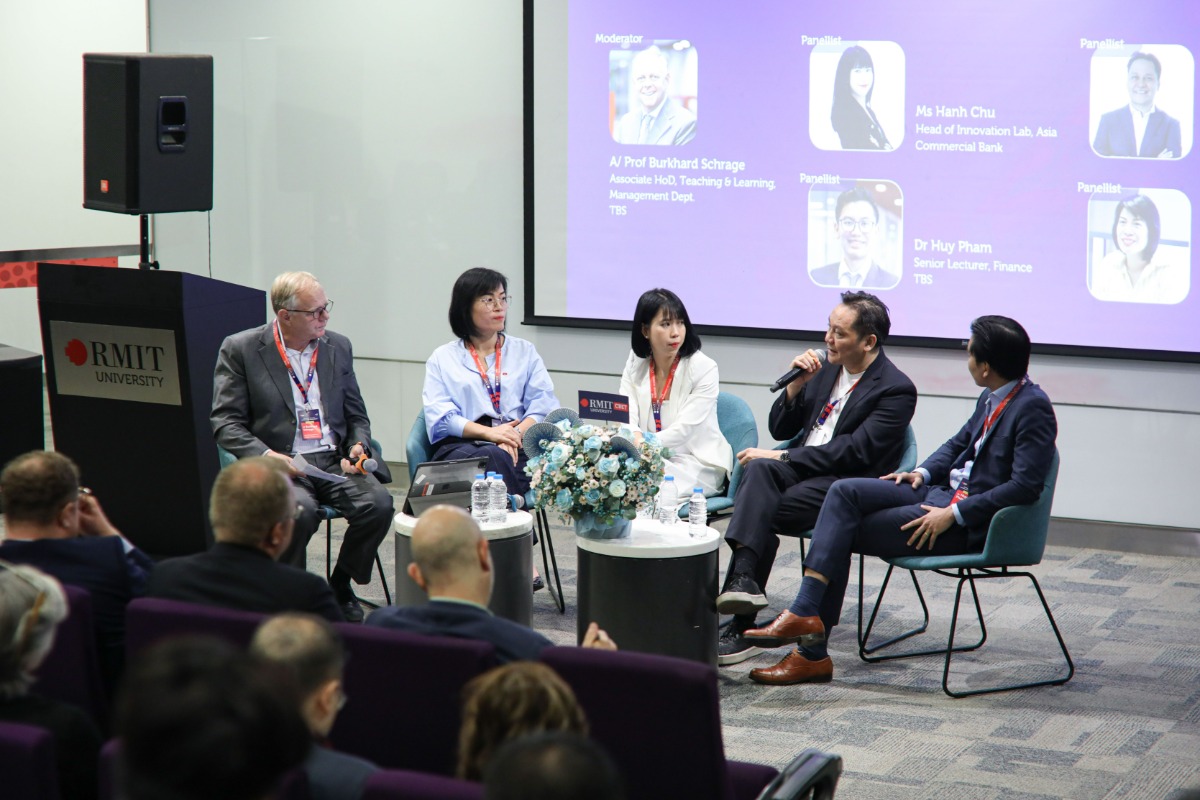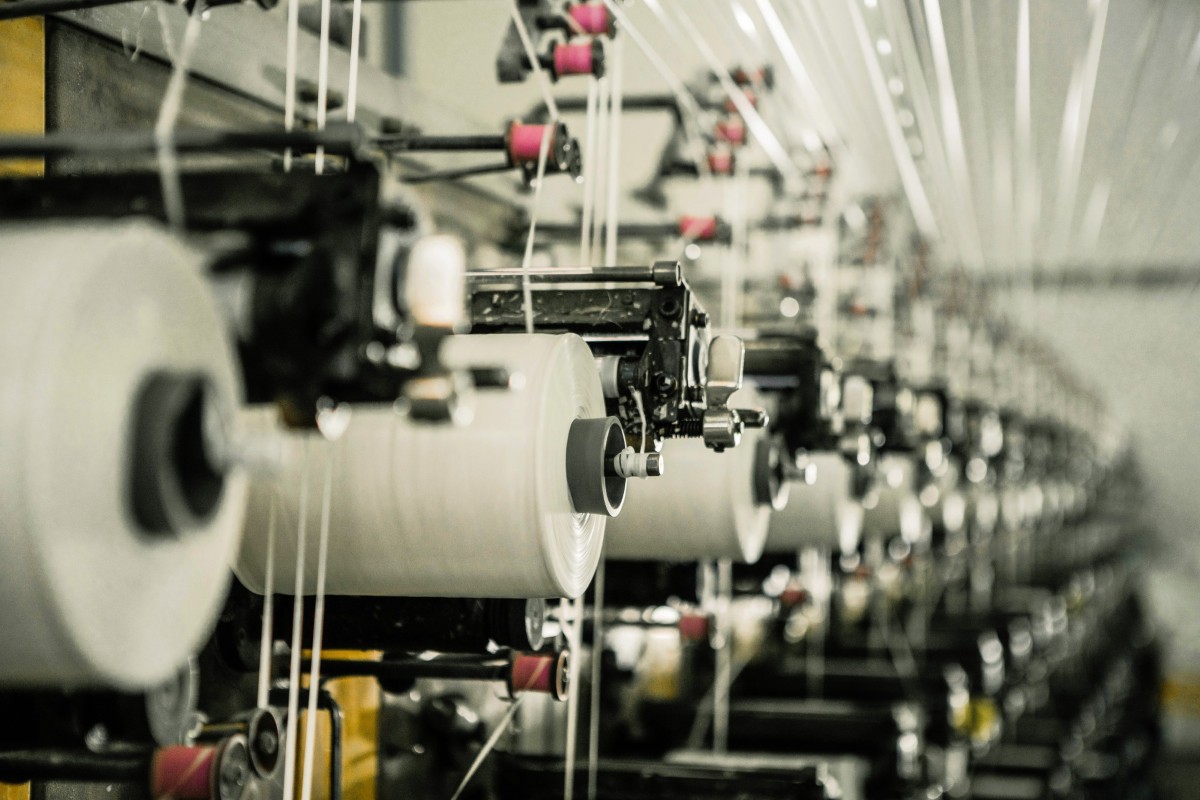This is RMIT International Business Program Manager Dr John Walsh’s response to a decreased demand of agricultural products due to closed down supply chains and limitations to local and international transport during the COVID-19 pandemic.
Dr Walsh acknowledged two COVID-19 burdens in particular, placed on agriculture by COVID-19; closed domestic retail markets and a slowdown of international trade.
A recent report published by the Ministry of Industry and Trade showed the pandemic was having a direct impact on distribution businesses. Total retail sales of goods and services in the first three months were estimated at VND1.25 trillion, up 4.67 per cent compared to the same period last year, but the lowest increase in recent years.
“In cities like Hanoi, some agricultural products are still available in supermarkets and smaller retailers but the demand has become unpredictable as some are closed without much notice,” Dr Walsh said. “Many people have less money to spend because their jobs may be stopped or slowed down. Consequently, people will be looking for cheaper food which can be prepared at home.”
Dr Walsh referred to a recent meeting held by the Vietnamese Minister of Agriculture and Rural Development Nguyen Xuan Cuong with Chinese Ambassador to Vietnam to discuss measures to boost bilateral cooperation in agricultural trade while the two nations manage the COVID-19 pandemic.
“Vietnam-China agricultural trade is down 7 per cent year on year. Trucks remain lined up at the border, although that situation might improve,” he said.
He noted the global trade is expected to drop 40 per cent next year “as we still have not seen the impact of the virus in Africa, South America, Central Asia and other regions where the level of healthcare is limited”.
“The Asian Development Outlook 2020 showed that agriculture declined slightly in 2019 across Asia because of extreme weather, and there still remain long-term problems of global climate change and land and water degradation,” said Dr Walsh.
He also emphasised the increasing sense that the intensive agricultural methods used in Vietnam and around the world are inevitably part of the production of diseases that will repeat the effects of the current virus.
“The World Food Programme warns that up to one quarter of a billion people will be threatened with food insecurity in the next few years because of economic turbulence and warfare,” he said. “The COVID-19 pandemic has added 130 million people to this total.”
Move to online sales and break through the commodity product status

